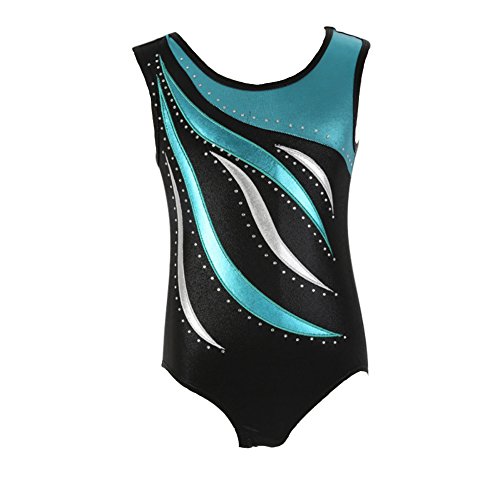The History of Leotards
Leotards were first introduced to the world of dance in the early 1900s by French acrobatic performer Jules Léotard. Originally designed as a one-piece garment for men to wear while performing on the trapeze, it quickly became popular for female dancers as well due to its practicality and flexibility.
The Importance of Flexibility in Dance
One of the main reasons dancers wear leotards is to allow for maximum flexibility and range of motion. When dancing, it is crucial that the body is able to move freely and without restriction, and the tight, stretchy fabric of a leotard helps to achieve this.
The Role of Appearance in Dance
In addition to their practicality, leotards also serve a role in the overall appearance of a dance performance. The fitted silhouette not only accentuates the lines of the body, but can also create a sense of uniformity among the dancers.
Leotards and Injury Prevention
Wearing a leotard can also help prevent injuries by keeping the body properly aligned and supported. When dancing, it is important to maintain correct posture and alignment, and the snug fit of a leotard can assist in this.
The Evolution of Leotard Style
Over the years, leotards have evolved in style and design, with options ranging from simple black basics to more elaborate and embellished options. Regardless of their appearance, the primary role of leotards in dance remains the same: to allow dancers to move freely and perform to the best of their ability.






